When you think about plants that have medicinal powers, you might immediately think of homeopathic or essential oil companies that bottle up extracts and sell them to people who are seeking a more natural alternative for dealing with illness. Some people go even further and desire to have their own backyard pharmacy from actual living plants, with the necessary compounds to assist the immune system in fighting diseases. Certain plants are known to have powerful effects for illnesses such as Diabetes Mellitus, commonly known as diabetes. The great thing about these medicinal plants is that many of them are available for year-round access in the Eden Grow Tower.
Diabetes is an illness with two main variants, Type 1 and Type 2. The type depends on a person’s physiology. Some people’s systems do not produce enough insulin, leading to Type 1, while others produce too much insulin, leading to Type 2, where the body cannot use the insulin effectively. One common symptom of diabetes is high blood sugar levels. This is the main concern, and it must be addressed for the rest of the person’s life. So diet becomes critically important, as we all know, for the diabetic person.
While controlling the consumption of certain foods that are known to produce high blood sugar levels is the first step to addressing diabetes, certain plants have been proven to take a more active role, by actually improving the body’s ability to process sugars more effectively.
Some of these plants or plant-derived substances are well recognized already, such as cinnamon [1] and nutmeg. Some of these plants are less well known, such as Milk Thistle (image 1) [2], Nigella Sativa (image 2) [3], Catharanthus Roseus [4], Bergenia Ciliata [5], and Eclypta Alba , which is known to significantly lower blood glucose over time [6].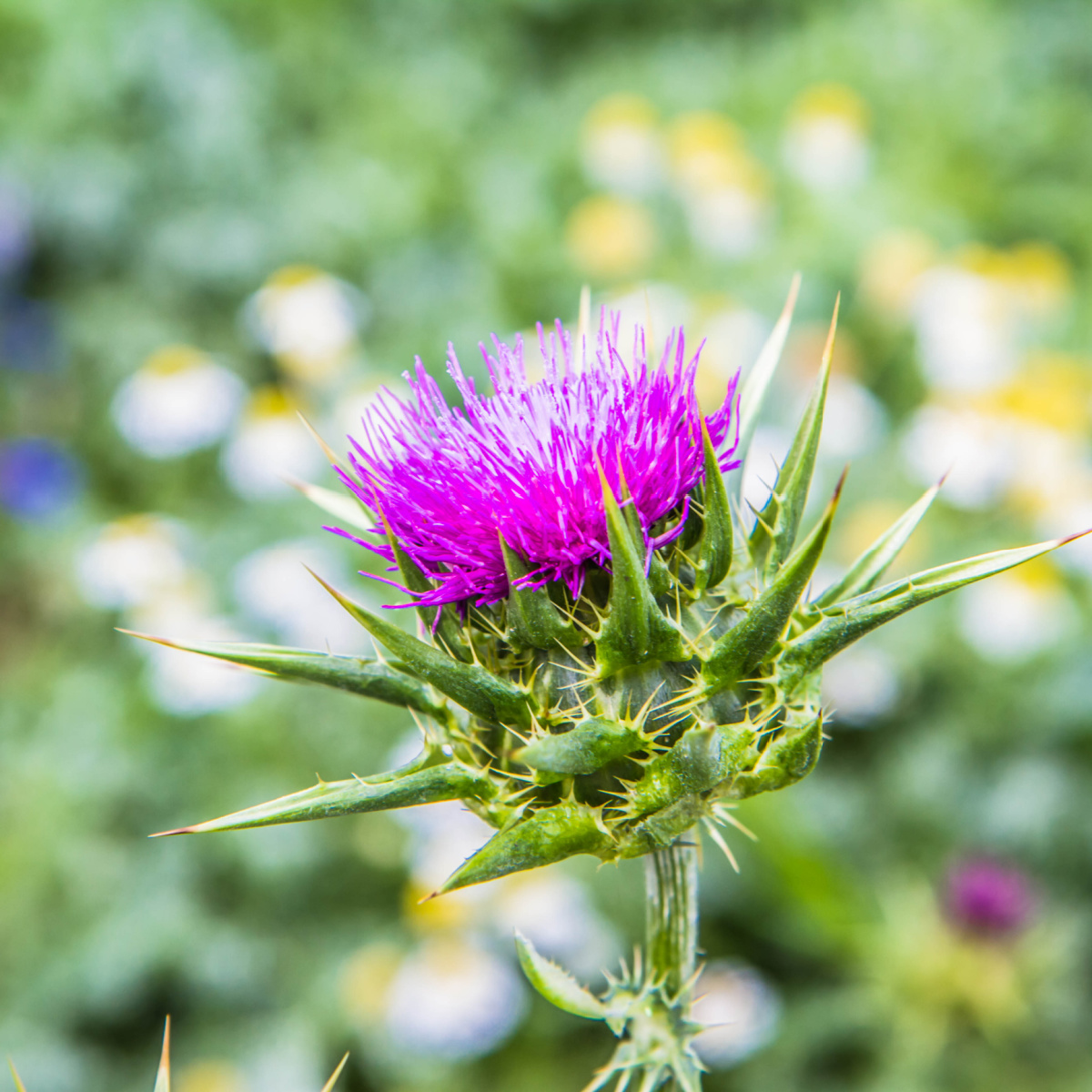
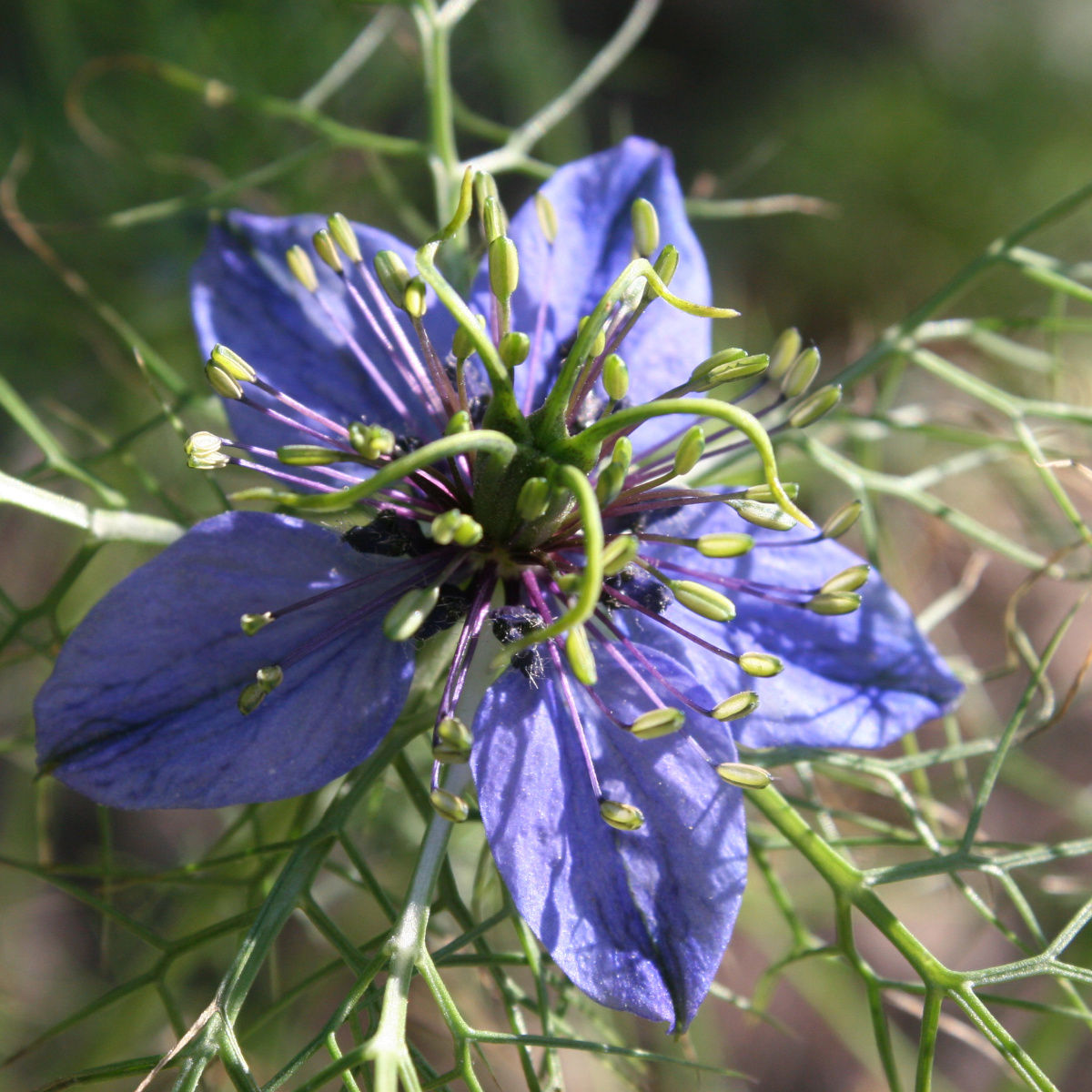
Some of these substances, like cinnamon, come from the bark of a tree, which doesn’t exactly lend itself to being grown in a Grow Tower. But some are perfect for it! Like these…
Green Beans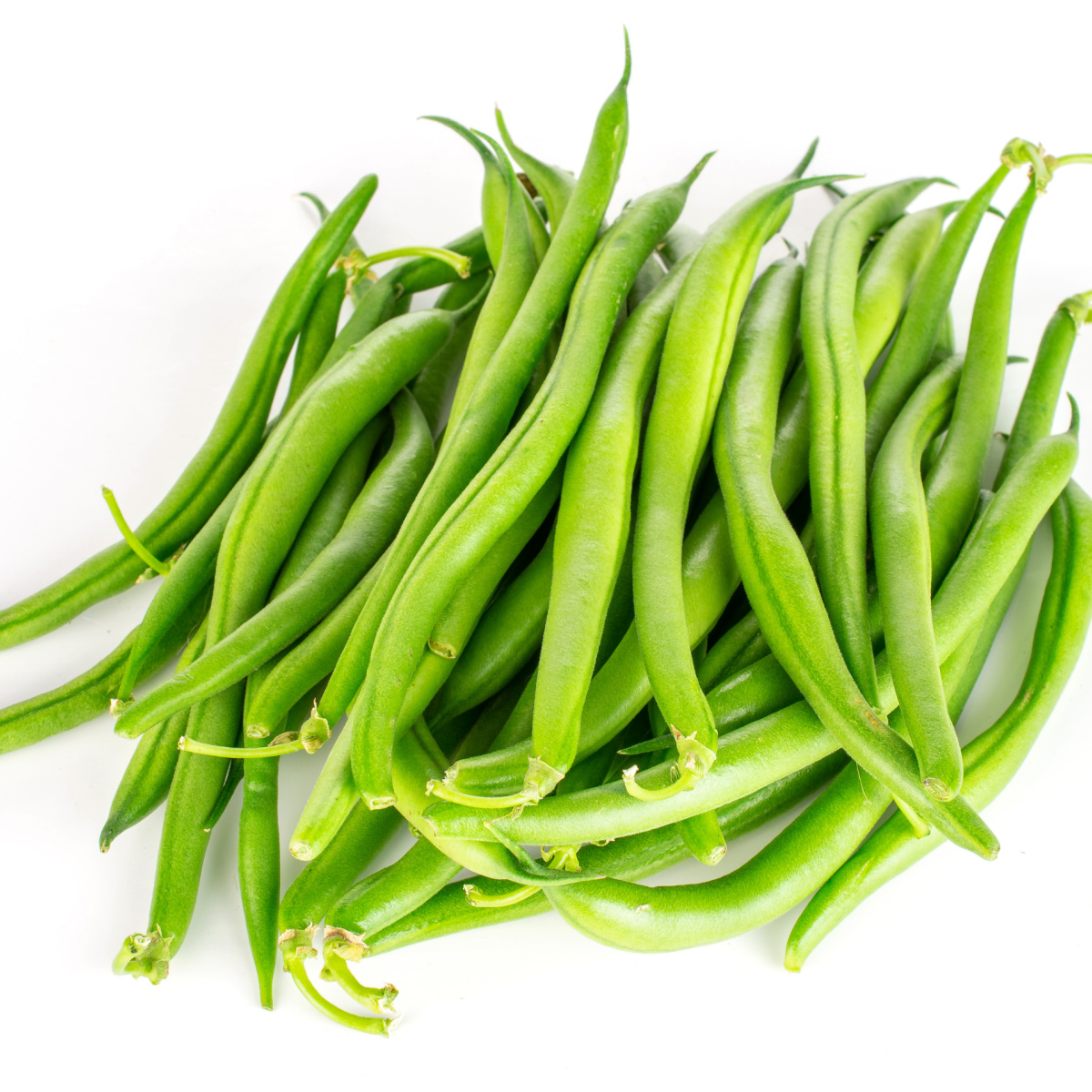
The mighty green bean and other varieties (red kidney bean too), have the ability to produce a positive effect on insulin sensitivity of adipose tissue (fat cells), which are resisting insulin, therefore allowing the body to once more extract sugars from the bloodstream into these fat cells, for later use. It also helps with reducing glycemia, by reducing the metabolism of starches [7].
Onions & Garlic
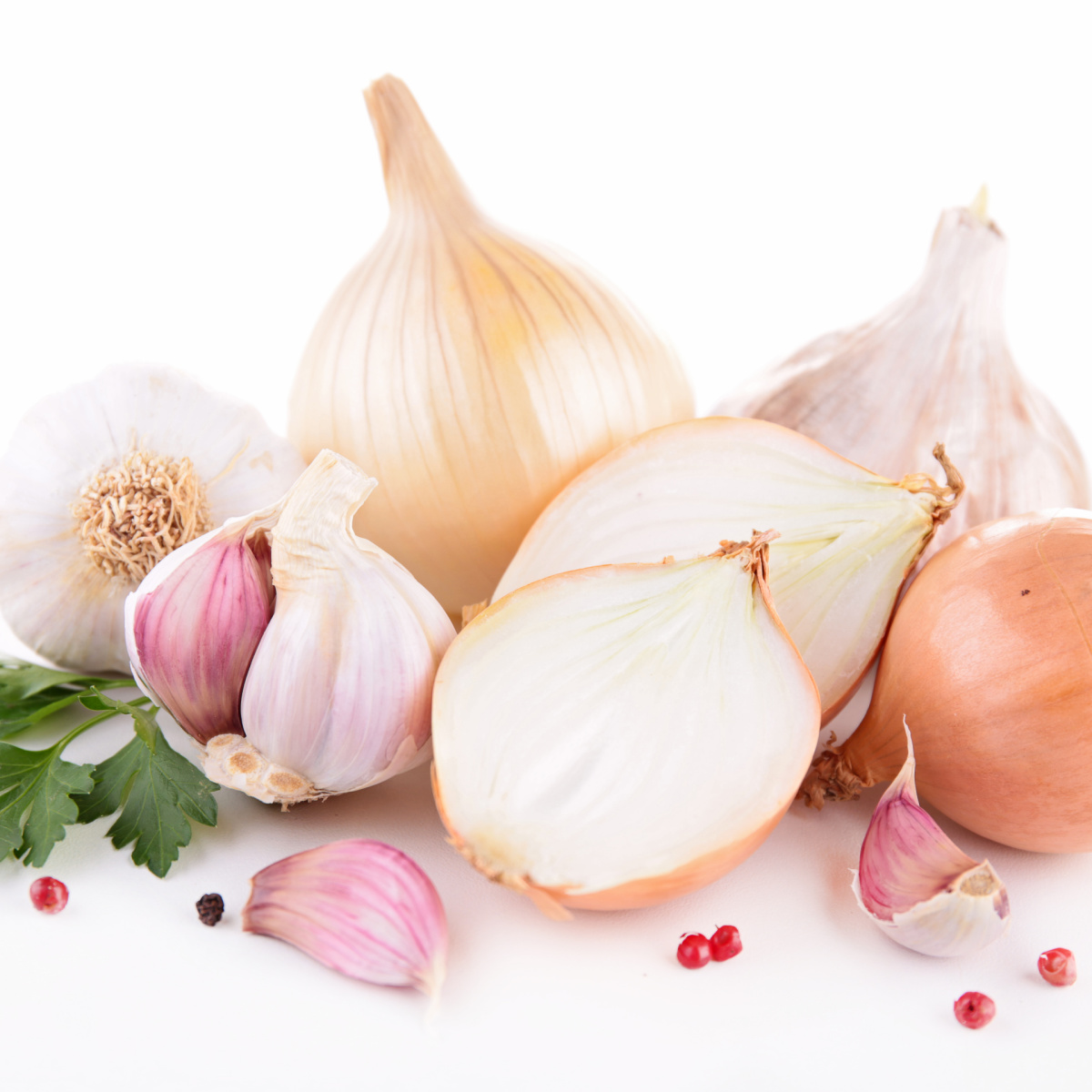
The allium family, which includes onions and garlic, is known to have hypoglycemic effects, meaning they reduce blood glucose levels [8]. This is a result of the presence of volatile sulfur compounds. Onion has the ability to aid in insulin secretion as well as boost the antioxidant enzyme activities in the body [9]. Garlic has been shown to reduce insulin resistance in diabetic patients [10]. It is important to note that when cooking with onion and garlic, you should chop them first and then wait about 5 minutes before exposing them to heat. When chopped and exposed to air, an important enzyme reaction takes place that converts the phytonutrient alliin into allicin, a sulphide compound to which many health benefits are attributed. These sulphide compounds are exactly the reason onions and garlic have such pungent aromas. Be warned though...giving them this 5-minute time-out before heating them will intensify their pungency, so be careful when adding them to your favorite recipes.
Peppermint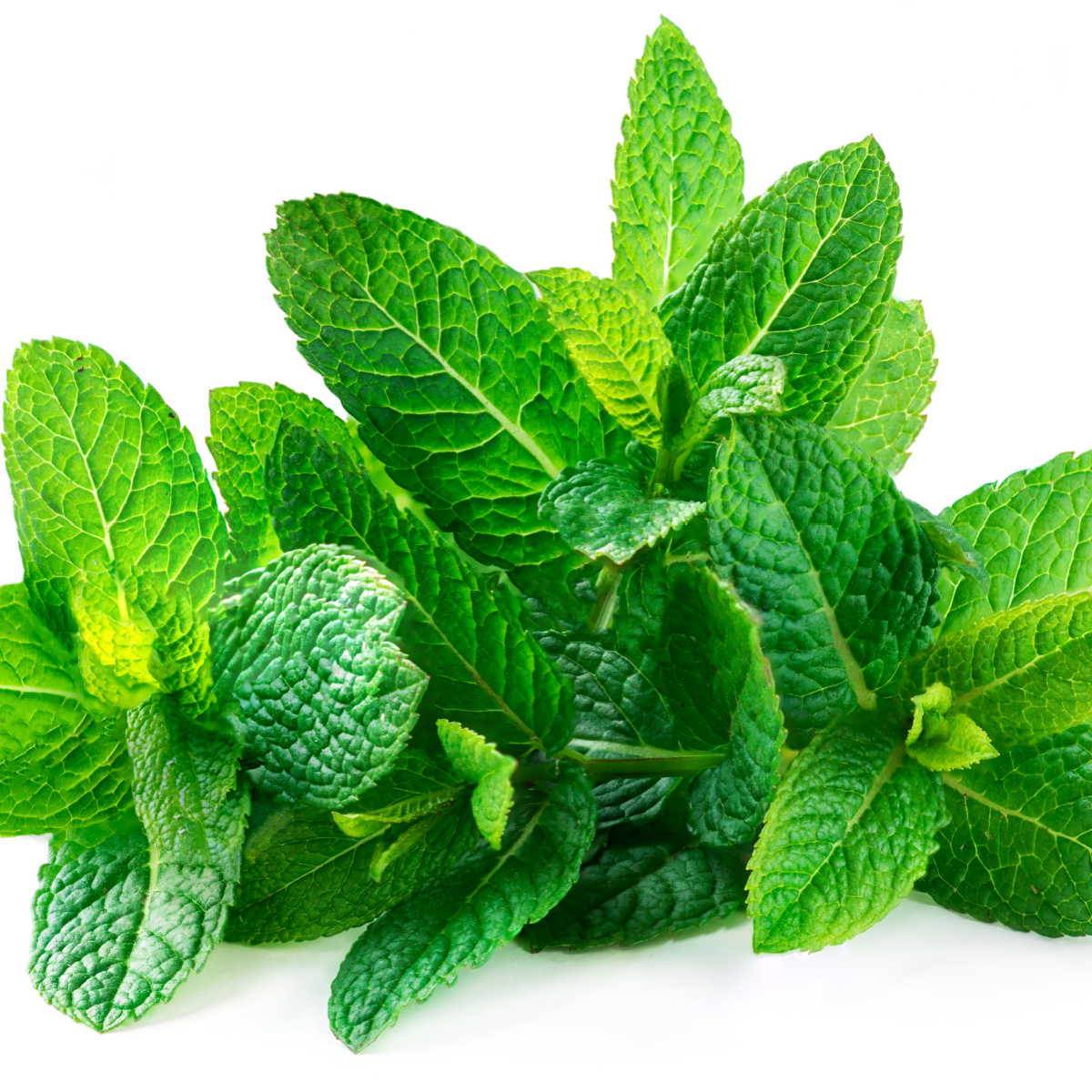
The pleasant and very well-known peppermint has the ability to lower blood glucose over time [11]. Additional care to extract its anti-diabetic properties is advised, as they will be present in an aqueous solution (water soluble extract), and therefore need to be taken orally and at the correct time to be efficient. How about some tea?
Cayenne Pepper 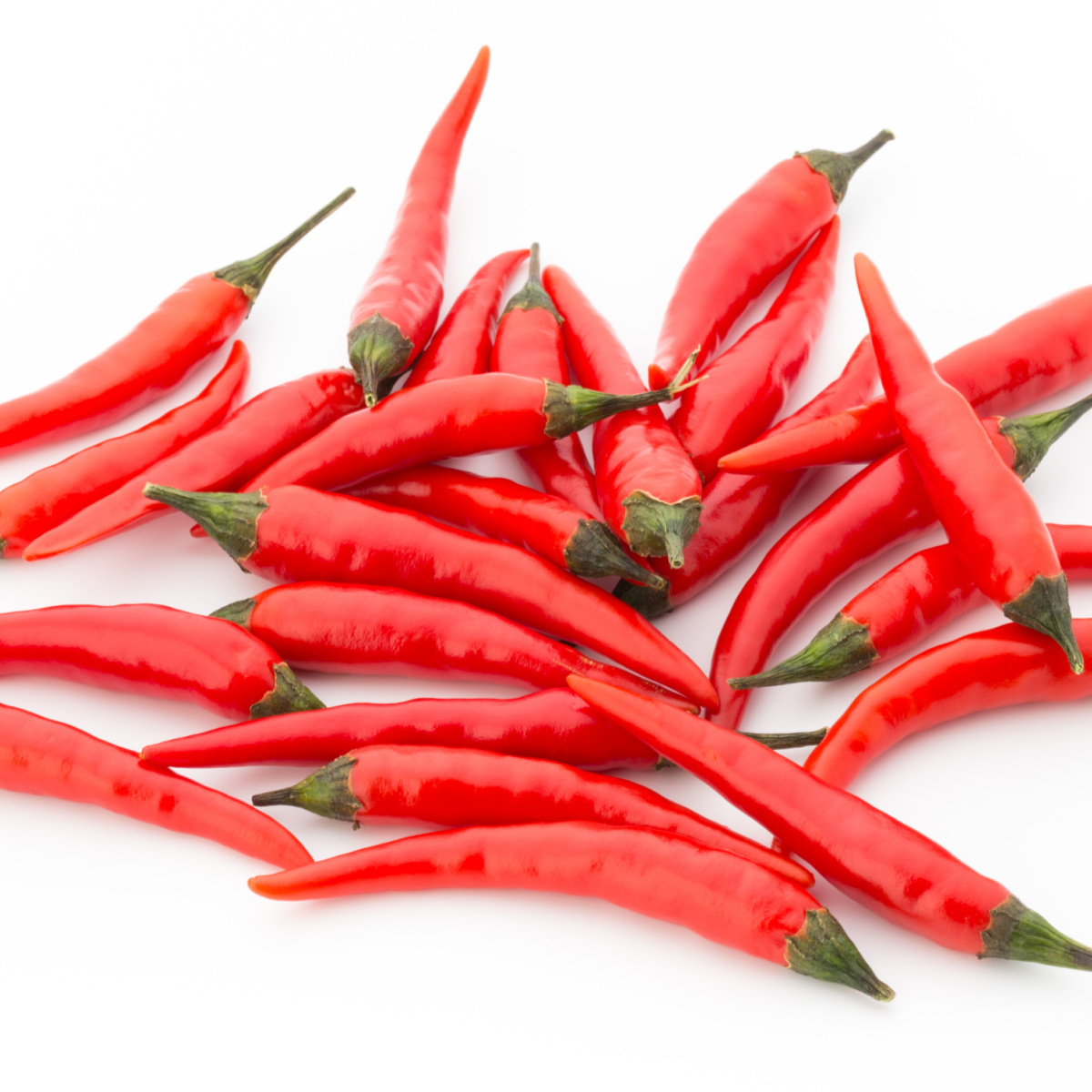
Cayenne pepper has been used for many years as a traditional treatment for diabetes. A 2006 Toronto study published in the journal “Cell” found that mice injected with capsaicin were cured of Type 1 diabetes [12]. Capsaicin is the ingredient that gives peppers their spicyness. In the study, injected capsaicin killed the pancreatic pain nerves and the body began producing insulin.
Conclusion
There are many ways to treat Diabetes. The pharmaceutical industry is struggling, but natural solutions hold great promise, as evidenced from this quote:
“Management of diabetes with the agents devoid of side effects is still a challenge to the medical system [industry]. This concern has led to an increased demand for natural products with antidiabetic activity, having fewer side effects. It was reported that plant extracts cause anti-diabetic effect by promoting regeneration of beta cells or by protecting these cells from destruction. Plant extracts may activate insulin receptors or affect beta cells to release insulin.”[13]
Our goal at Eden is to equip you with knowledge and awareness about some well-known plants, and some not so well-known, that possess properties which fight this ailment, and that are easy to grow, maintain, and harvest, using the Eden Grow Tower Systems. Knowledge, and plants, give us the POWER to change our lives!
Want to learn how to get started growing medicinal plants in your home? Click the link to Learn More!
DISCLAIMER
This post is for information purposes only and should not be used as a replacement for professional diagnostic care and treatment. Always consult your healthcare provider before making any health-related decisions or beginning any form of self-treatment for a specific medical condition.
Article written and researched by: Renato da Silveira, Software Product Owner, Eden Grow Systems
2] https://www.nutraingredients.com/Article/2006/10/30/Milk-thistle-extract-could-help-diabetes-control
3] http://www.iosrphr.org/papers/vol8-issue4/Version-3/L0804037378.pdf {page: 76)
4] https://pubmed.ncbi.nlm.nih.gov/24012527/
5] https://www.tandfonline.com/doi/pdf/10.1080/10942912.2011.595864 {page 94}
6] https://www.ijser.org/researchpaper/Antidiabetic-effect-of-Eclipta-alba.pdf {page 1464}
11] https://www.ijhsr.org/IJHSR_Vol.4_Issue.2_Feb2014/12.pdf {page 65}